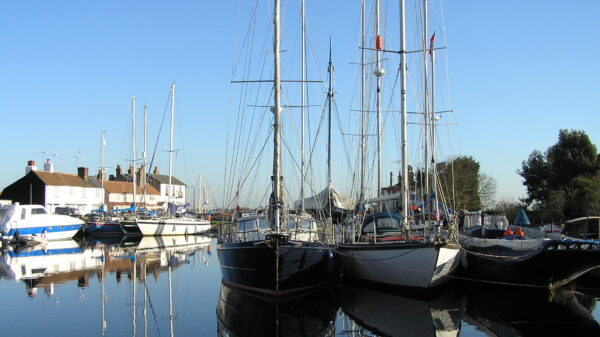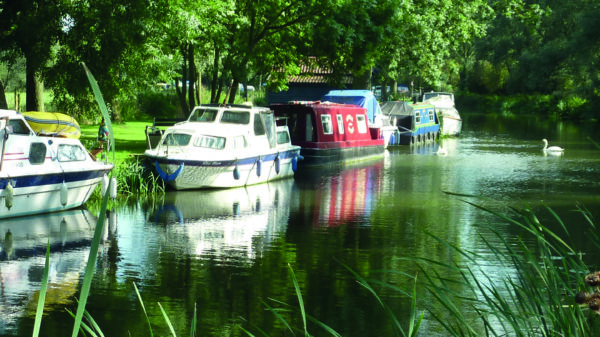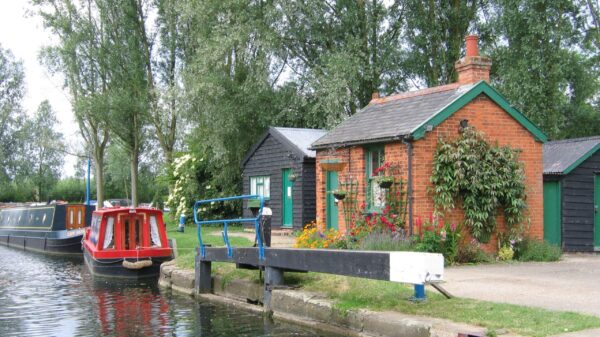1. Springfield Basin
Start your walk at Springfield Basin. The Basin is a stone’s throw from Chelmsford’s city centre. Springfield’s population expanded, partly as a result of the coming of the Navigation, from 889 in 1801 to 2,256 in 1841. Industries grew up around the Basin dealing in coal, coke, lime burning, timber and malting. Richard Coates, Resident Engineer on the Chelmer and Blackwater Navigation, founded a coal and timber business which later became Brown & Sons. He was also instrumental in founding Chelmsford’s first gas works on the wharf in 1819. Brown & Sons was taken over by the one of the firms that eventually merged to form Travis Perkins in 1988.
You will need to leave the Navigation when you reach Travis Perkins. Turn left until you get to Navigation Road, then turn right, and then right again at the first footpath you come to, when Travis Perkins’ yard finishes. From here, you will get to the water’s edge and can follow the towpath along to Springfield Lock.




